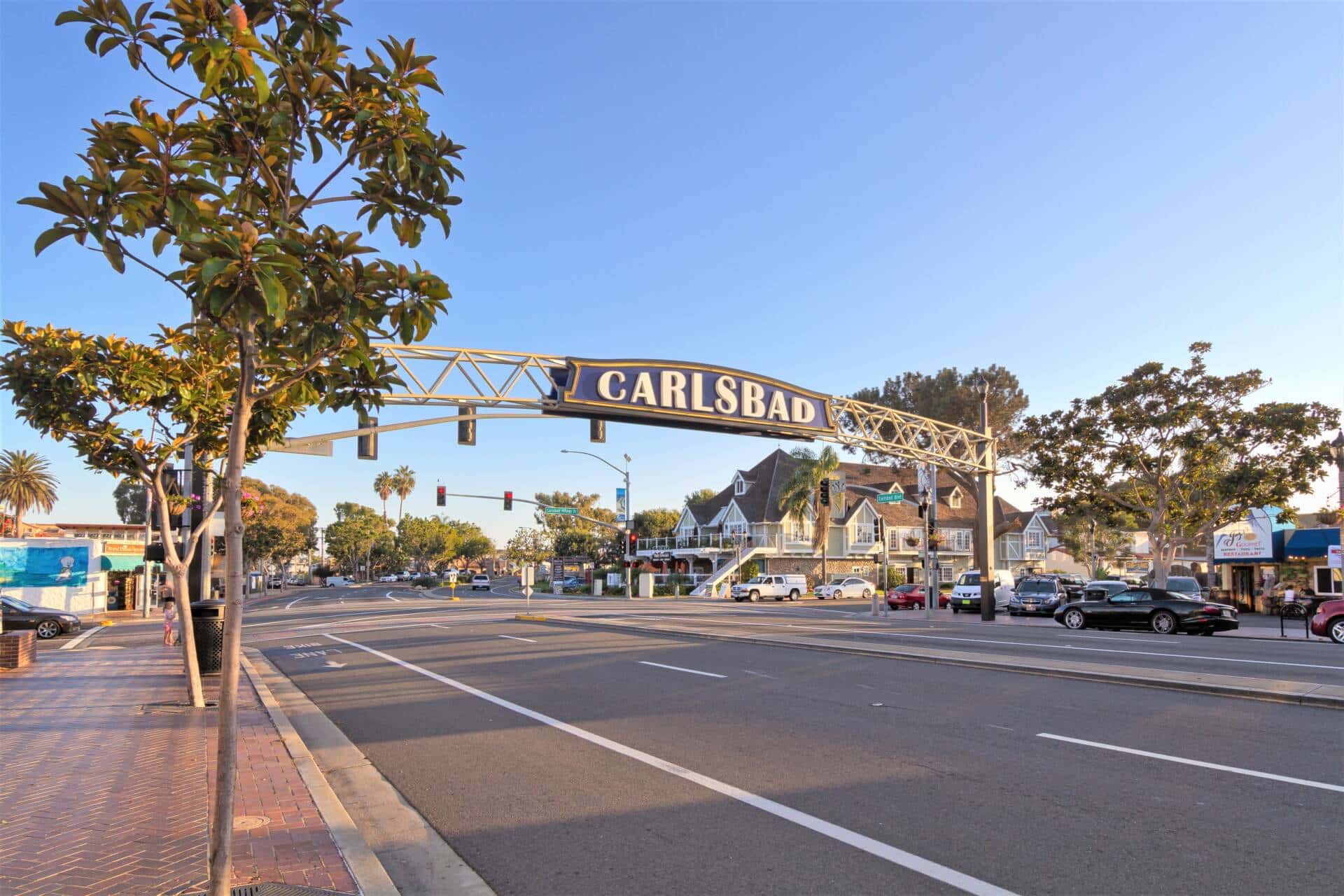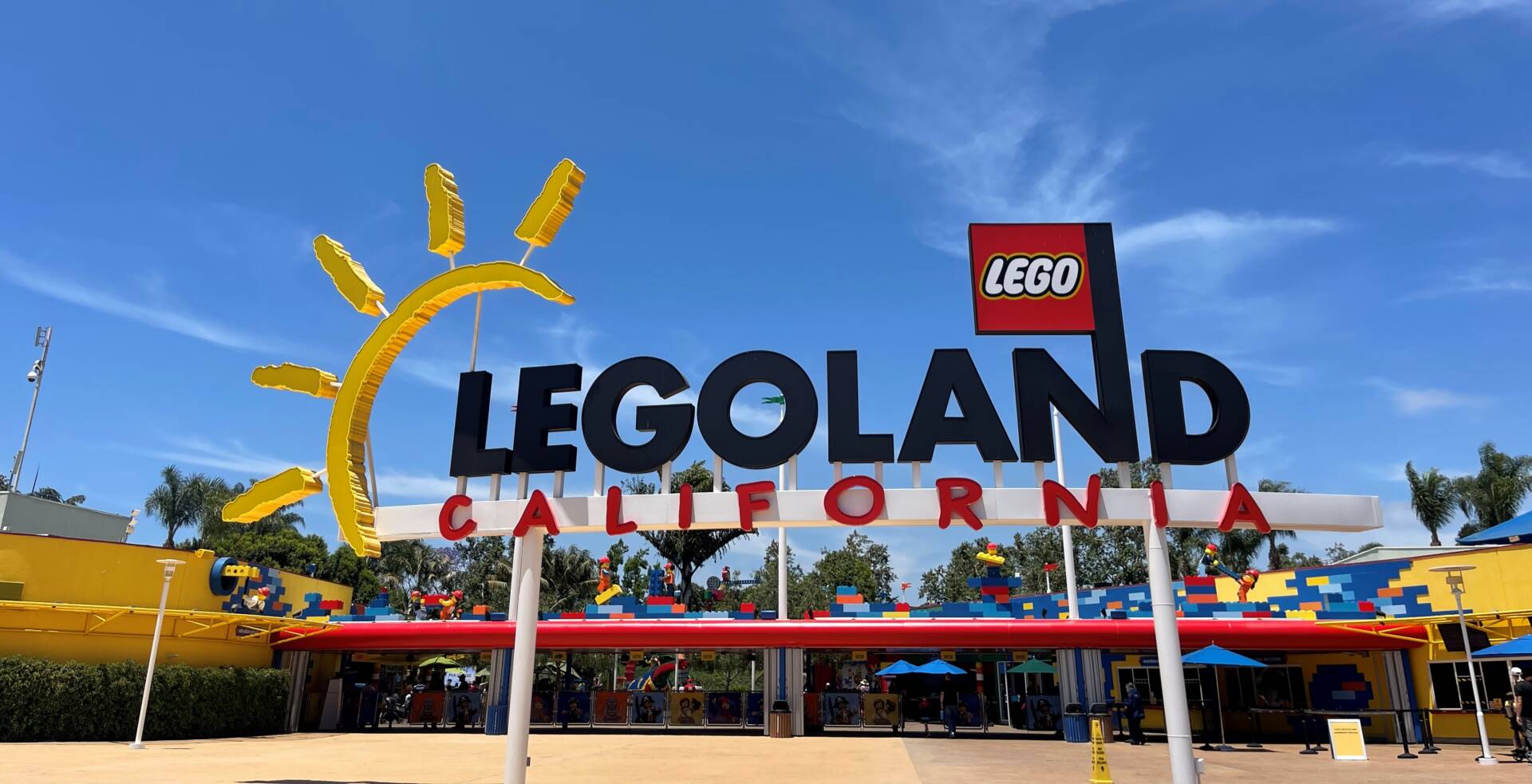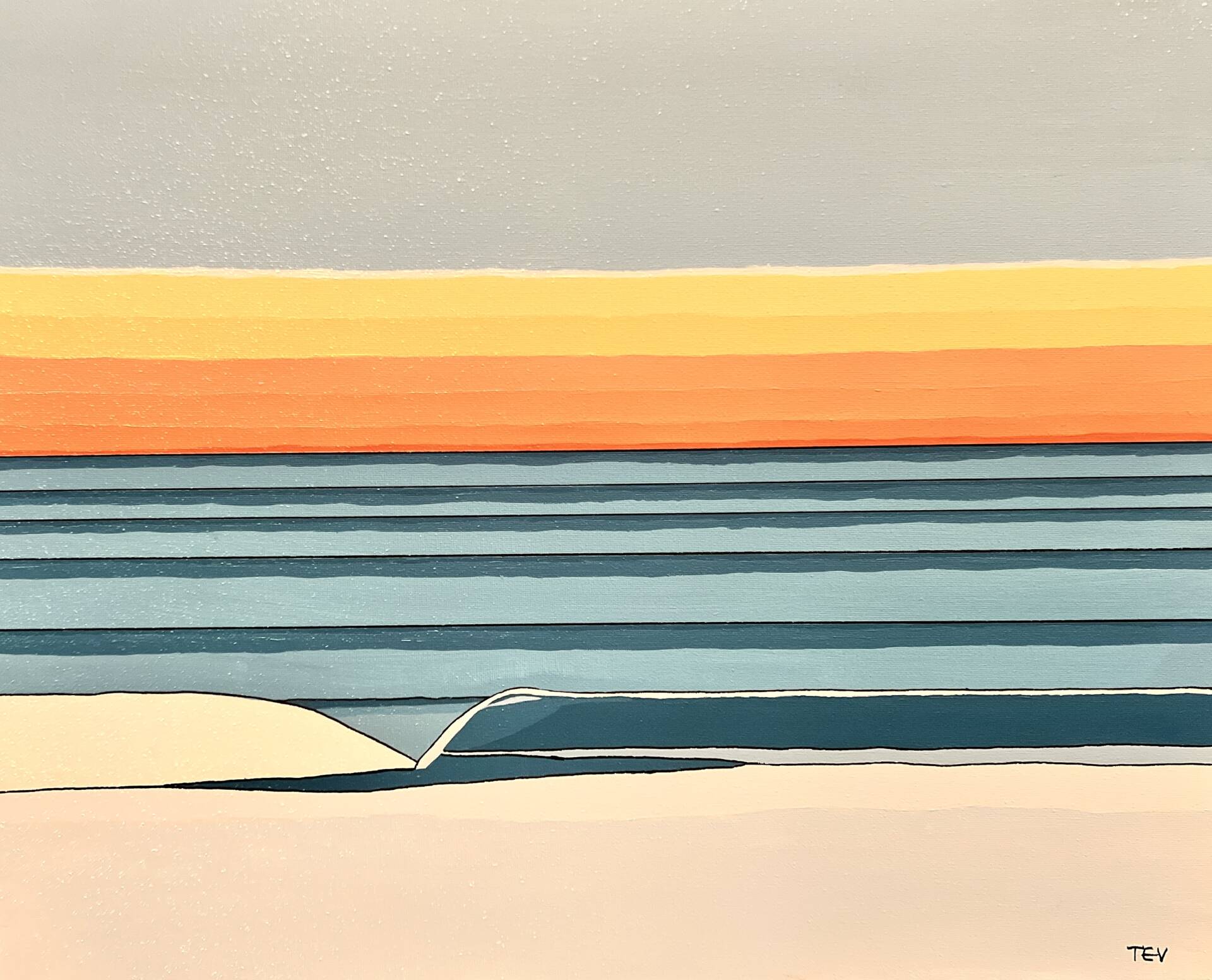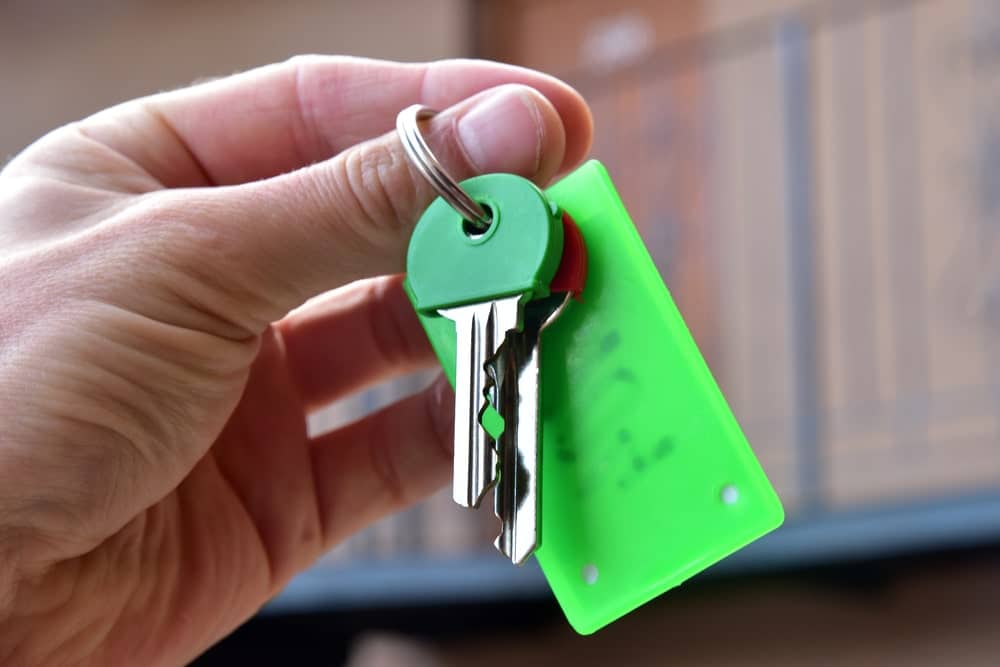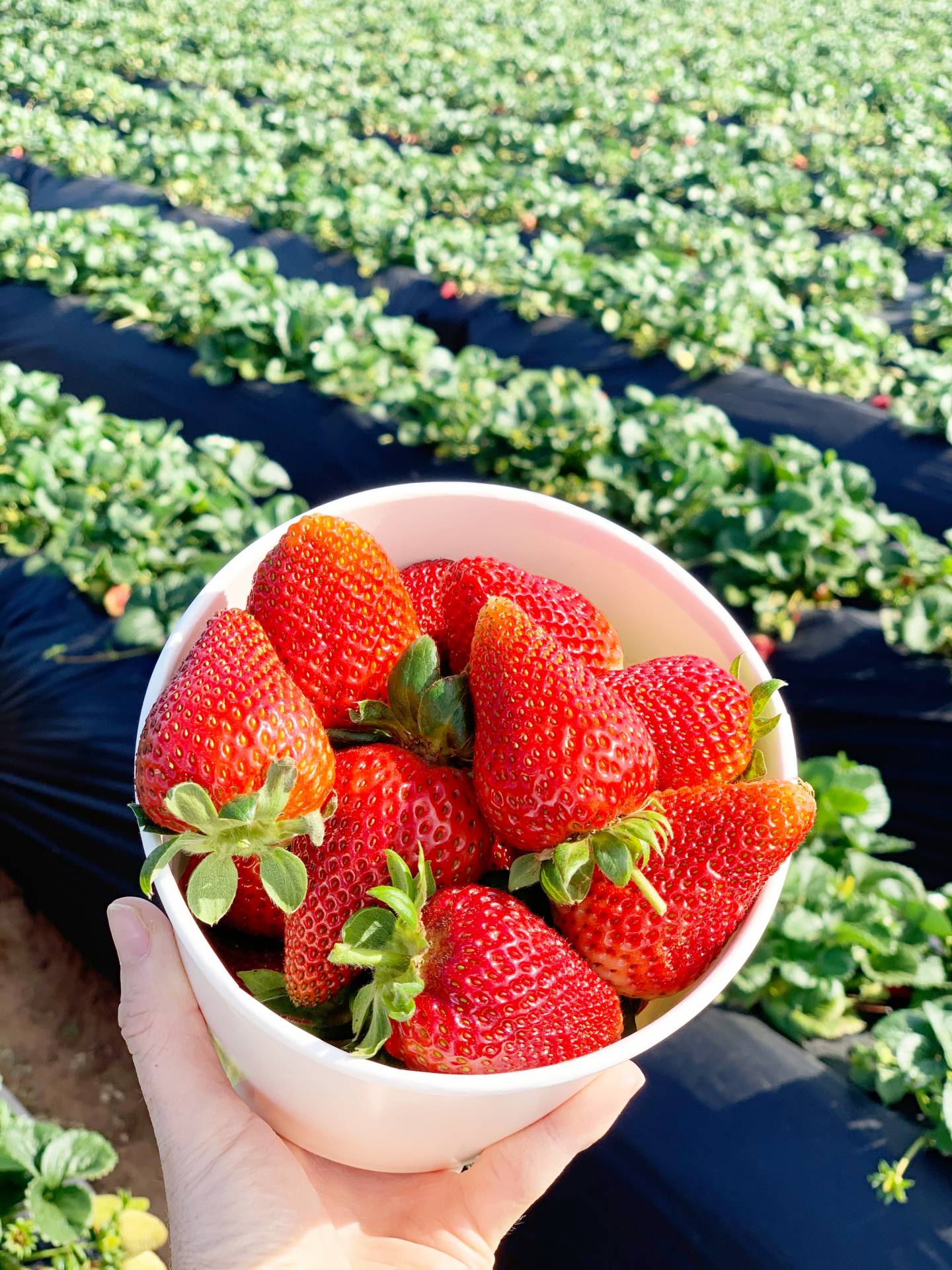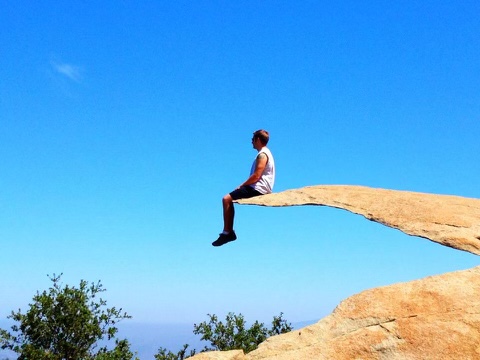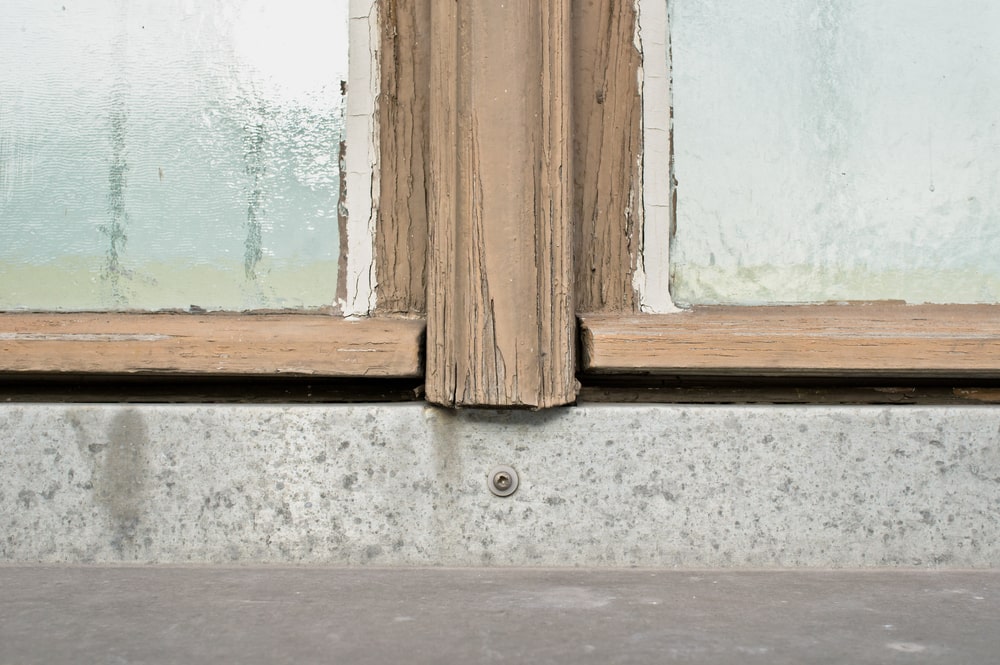Carlsbad is known for its stunning beaches, fishing lagoons, nature trails, and bird-watching sites as well as its historic village and a rich culinary culture with a wide range of food and wine. Read on for more information on the interesting history of Carlsbad, California.

Carlsbad was officially founded as a city in July 1952, and was incorporated to avoid annexation by its neighbor, Oceanside. Carlsbad’s population is now over 112,000 people. Carlsbad has a semi-arid Mediterranean climate and averages 263 sunny days per year. Winters are mild with periodic rain.
The earliest residents of Carlsbad were the Luiseño Indians who settled in the coastal area. The Luiseno Indian tribe lived in small villages near fresh water sources, they called them Palamai or “place of big water”, our lagoons. They lived using natural resources to provide food and clothing. They used many of the native plants, harvesting many kinds of seeds, berries, nuts, fruits, and vegetables for a varied and nutritious diet. These Native Americans people were here at the time of the first contact with the Spanish in the 16th century.
In 1821, Mexico achieved independence from Spain, taking Alta California along with it, but the missions maintained authority over native people and control of land holdings until the 1830’s. During the Mexican period, in 1842, the southern portion of Carlsbad, was granted as Rancho Agua Hedionda to Juan María Marrón.
In the 1882 Captain John Frazier dug a well near the coast in Carlsbad. He began offering his water at the train station and soon the whistle-stop became known as Frazier’s Station. A test done on a second fresh water well discovered the water to be chemically similar to that found in some of the most renowned spas in the world, and the town was named after the famed spa in the Bohemian town of Karlsbad.
Water has been an integral part of Carlsbad’s history starting with the early settlements. A Lagoon, a river, a mineral springs and an ocean is what Carlsbad’s story is all about.
The discovery of the mineral water soon led to stops by train passengers to drink this water, rumored to have special healing properties: there was a sign at the railroad station reading “alright, drink and be happy.”
To take advantage of the find, the Carlsbad Land and Mineral Water Company was formed by a German-born merchant from the Midwest named Gerhard Schutte together with Samuel Church Smith, D.D.Wadsworth and Henry Nelson. The naming of the town followed soon after, along with a major marketing campaign to attract visitors. The area experienced a period of growth, with homes and businesses sprouting up in the 1880’s. Agricultural development of citrus fruits, avocados and olives soon changed the landscape. By the end of 1887, land prices fell throughout San Diego County. However, the community survived on the back of its fertile agricultural lands.

Carlsbad is now a vibrant village in North County San Diego located right along the coast. The majority of the hotels, shops and restaurants are very close to, the Village, with some properties directly on the beach and others within walking distance to the ocean. Carlsbad is a very walkable town.
Many of Carlsbad’s historical sites are still in good shape. Carlsbad is very proud of its unique history and enjoys sharing it with others. The Alt Karlsbad Hanse House on Carlsbad Boulevard is, site of the first mineral water spa in the town, a mainstay of Carlsbad since the 1880’s.
Step back in history and take a look at the most Historic buildings in Carlsbad: Magee Park, Carlsbad Historic Society, Leo Carrillo Ranch Historic Park, and Museum of Making Music.

Don’t forget to stop for a bite and a glass of wine in many of the gourmet options that Carlsbad Village has to offer.

The Carlsbad Historical Society produced a self-guiding walking tour map available at the Visitor’s Center in the Old Santa Fe Train Depot if you are up to a walk around the Village.

What is your favorite historical spot in Carlsbad?


